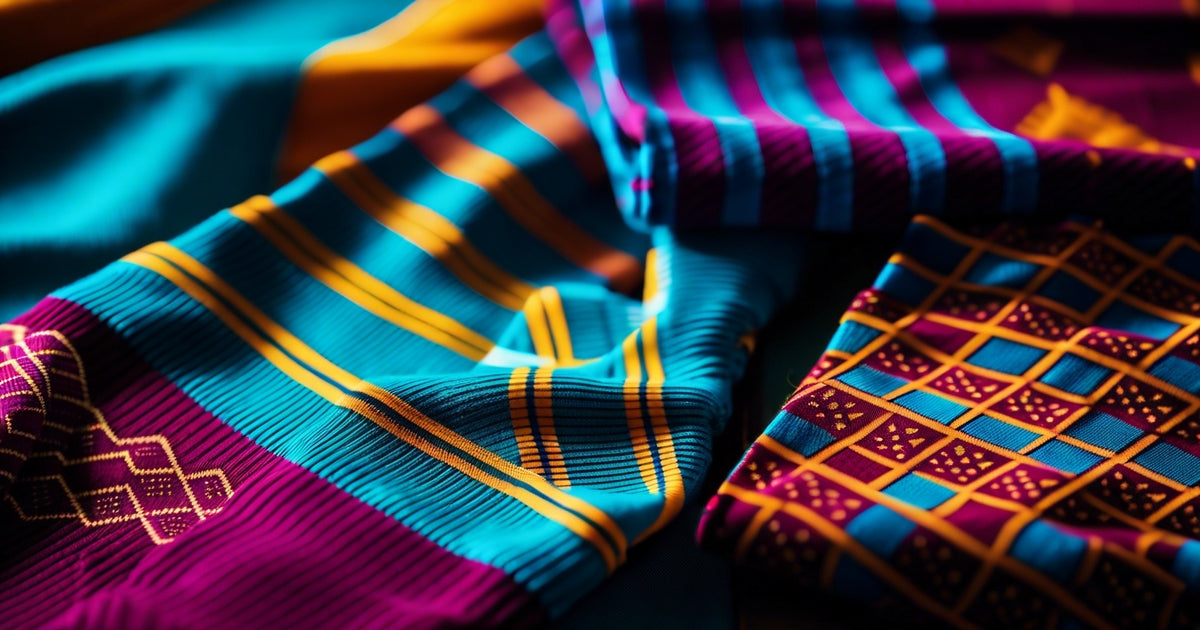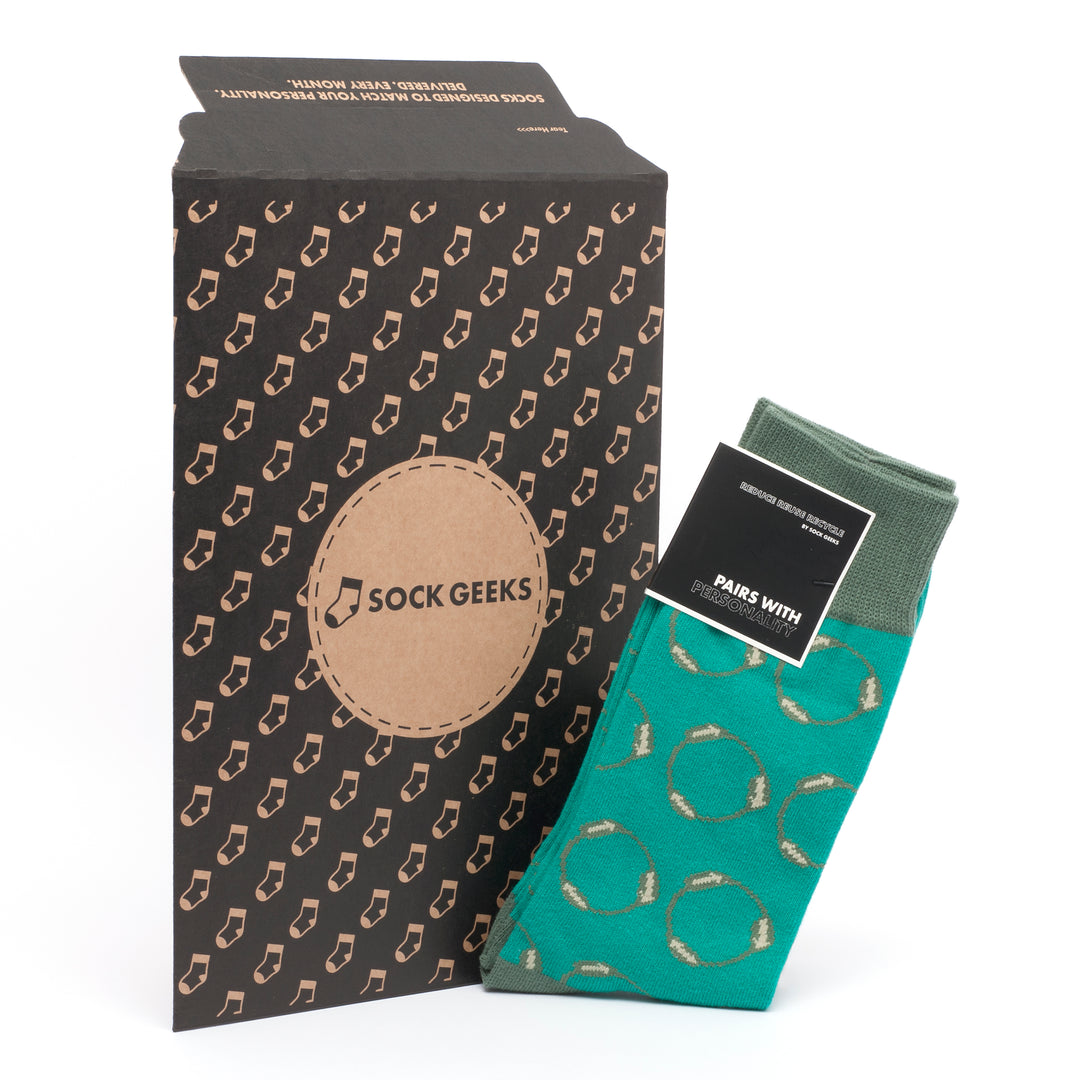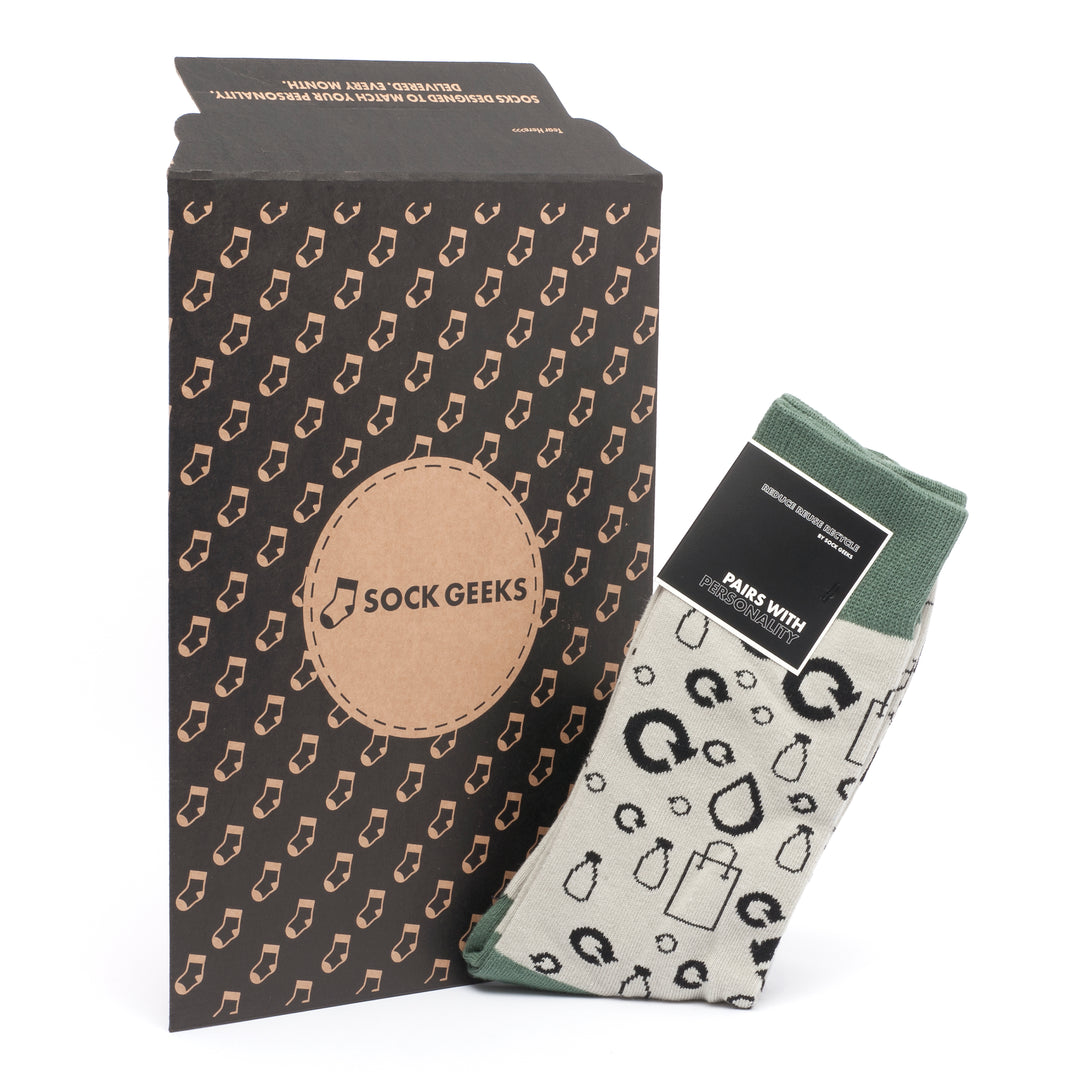How Often Should You Get New Socks: Maximising Longevity
Wondering how often you should replace your socks? It's a question as old as time, well, almost. Socks have been around for centuries, evolving from simple foot coverings to fashion statements. But amidst the changes in style and materials, the need for fresh socks, undies, and natural fibers remains constant. So, how frequently should you refresh your sock drawer to keep your feet happy and healthy? Let's dive into this age-old dilemma and uncover the secrets to sock success, from holes to toe.
Understanding Sock Lifespan Factors
Materials
Different materials affect how long your socks last. High-quality fabrics like merino wool or cotton blends tend to be more durable.
Care
Proper care plays a crucial role in extending sock lifespan. Wash them gently and avoid using harsh detergents to prevent wear and tear.
Usage Frequency
The frequency of wearing your socks impacts their longevity. Rotating between pairs allows each to rest and recover, prolonging their lifespan.
Sock Material and Durability
Cotton
Cotton socks are popular for their comfort and breathability, but they may lack in durability compared to synthetic fibres. The natural fibres in cotton can wear out quicker over time.
Polyester
Polyester socks are known for their elasticity and ability to retain shape well. However, they may not be as breathable as cotton, leading to potential moisture build-up which can damage the skin.
Bamboo
Bamboo socks are gaining popularity due to their moisture-wicking properties and soft feel. The use of bamboo fibres enhances the sock's durability, making them a great choice for long-lasting wear.
Spandex
Spandex, also known as Lycra or elastane, is often blended with other materials like cotton or polyester to improve the sock's elasticity. This enhances the overall fit and comfort of the sock while increasing its longevity.
When considering how often you should get new socks, it's crucial to understand the impact of fabric choices on durability. Opting for socks made from durable materials like bamboo or blends with spandex can significantly extend their lifespan.
Different Sock Types and Their Lifespans
Crew Socks
Crew socks, commonly made from cotton or a blend of fabrics, typically last between six months to one year with regular wear. They are versatile and durable for everyday use.
Knee Highs
Knee-high socks, often worn for formal occasions or fashion purposes, have a longer lifespan compared to crew socks. They can last up to two years with proper care and maintenance.
No-Show Socks
No-show socks, designed to be discreet and comfortable for low-cut shoes, tend to have a shorter lifespan due to their delicate construction. On average, they last between three to six months depending on the frequency of wear.
Pros:
- Crew socks are durable and suitable for daily wear.
- Knee highs offer longevity and style versatility.
- No-show socks provide comfort and discretion.
Considering durability needs, knee-high socks emerge as the most long-lasting option among the three types mentioned. Depending on your lifestyle and preferences, choosing sock styles with longer lifespans can save time and money in the long run.
The Impact of Sock Care on Longevity
Washing Techniques
Proper washing techniques play a crucial role in extending the lifespan of your socks. Turning them inside out before washing can help preserve their quality by reducing friction during the wash cycle. This simple step can prevent excessive wear and tear, ultimately making your socks last longer.
Storage Methods
How you store your socks also affects how long they will remain in good condition. Avoid cramming them into tight spaces or leaving them bunched up in a drawer. Opt for a dedicated sock drawer or organizer to keep them neatly folded or rolled. This not only prevents stretching and misshaping but also makes it easier to find matching pairs, saving you time and frustration.
Care Tips for Longevity
Implementing care tips like washing socks in cold water and avoiding high heat when drying can significantly extend their lifespan. Using a gentle detergent and avoiding bleach can help maintain the colour and elasticity of your socks. By following these simple steps, you can ensure that your socks stay in top condition for longer periods.
The Role of Usage in Sock Lifespan
Impact of Daily Activities
Daily activities like walking, running, or standing for long periods can affect the lifespan of your socks. Friction from movement can lead to quicker wear and tear.
Environmental Settings
The setting where you wear your socks also plays a crucial role. Wearing socks in damp conditions or extreme heat can deteriorate them faster than usual.
Replacement Frequency Factors
Consider your daily routine and how often you engage in activities that strain your socks. Regularly replacing socks is essential if you have an active lifestyle.
Pros and Cons:
- Pros:
- Understanding how usage affects sock longevity helps you make informed decisions.
- Cons:
- High-intensity activities may require more frequent sock replacements.
Signs It's Time for New Socks
Fabric Deterioration
Over time, new socks will show signs of wear such as thinning fabric or decreased elasticity. These indicate the need for replacement.
Staining and Discomfort
When your socks start to exhibit major staining or cause discomfort like blisters, it's a clear signal to get freshness back in your sock drawer.
Frequency of Replacement
Consider replacing your socks at least once a year to maintain optimal comfort and hygiene. Regularly washing them in cold water can prolong their lifespan.
Prevention of Holes
To prevent holes from forming, ensure you handle your socks with care, avoiding excessive stretching that can lead to tearing.
Tips for Extending Sock Life
Proper Washing
Wash your socks inside out to protect the fabric from wear caused by friction against other clothes in the laundry. Avoid using bleach as it can weaken the fibres, leading to quicker deterioration.
Drying Techniques
Air-dry your socks whenever possible instead of using a dryer. Excessive heat can damage the elasticity of the material, causing them to lose their shape and fit over time.
Storage Practices
Store your socks neatly folded or rolled to prevent stretching and misshaping. Avoid leaving them crumpled at the bottom of your drawer, which can lead to unnecessary wear and tear.
Rotation Strategy
Rotate your sock collection regularly to distribute the wear evenly across all pairs. This simple practice can help prevent overuse of specific socks, prolonging their lifespan.
Quality Matters
Invest in high-quality socks made from durable materials like cotton, wool, or synthetic blends. While they may cost slightly more upfront, they tend to last longer and withstand regular wear and tear better than cheaper alternatives.
Choosing Your Next Pair of Socks
Factors to Consider
When selecting your next pair of socks, crucial factors like fit and toe room should be taken into account. Ensure the socks have a bit of stretching for optimal comfort.
Specialised Styles
For those with sweaty feet, opt for moisture-wicking socks to keep your feet dry. Individuals with wide calves can benefit from socks designed with extra room around the calf area.
Investing in Comfort
Investing in high-quality socks with features like cushioned heel and reinforced thinning areas can extend their lifespan. Compression socks provide added support and comfort, ideal for long hours on your feet.
Fostering a Long, Happy Life for Your Socks
Care Practices
To extend the life of your socks, adhere to proper care practices such as washing them in cold water. Avoid using bleach or fabric softeners as they can damage the fabric and reduce years of wear.
Regularly inspect your socks for signs of wear and tear, especially in high-friction areas like the heels and toes. By doing so, you can address any issues promptly and prevent premature deterioration.
Replacement Routine
Embrace a mindset of regular sock replacement to combat bacterial growth and maintain optimal hygiene. Aim to refresh your sock drawer every six months to ensure that you are always wearing clean, fresh pairs.
Consider investing in new socks made from moisture-wicking materials that help prevent odour-causing bacteria. This simple switch can significantly improve the longevity of your socks and enhance overall comfort.
Donation Drive
Extend the dh of your socks by donating gently used pairs to charitable organisations. By contributing to those in need, you not only give your socks a second life but also support a worthy cause in your community.
Remember, caring for your socks goes beyond just washing and storing them properly; it involves adopting a sustainable approach towards their usage and disposal.
Final Remarks
You've learned how various factors affect the lifespan of your socks, from materials to care routines. Understanding these aspects can help you make informed choices and ensure your socks last longer. By picking the right socks, taking care of them properly, and knowing when it's time to replace them, you can enjoy comfortable feet and avoid common sock-related issues.
Make a conscious effort to apply these insights to your sock-wearing habits. Regularly assess your socks' condition, follow care tips diligently, and invest in quality pairs that suit your needs. Remember, a little attention goes a long way in extending the life of your favourite socks.
Frequently Asked Questions
How does sock material affect their lifespan?
Wool and synthetic materials tend to be more durable than cotton. They offer better moisture-wicking properties, reducing wear and tear. Opt for quality materials to extend your socks' longevity.
What signs indicate it's time to replace your socks?
Look out for thinning fabric, holes, stretched-out elastic, or odour that won't go away even after washing. These are clear indicators that your socks have reached the end of their lifespan.
Can proper care prolong the life of socks?
Yes, washing them inside out on a gentle cycle and air-drying can help maintain their shape and elasticity. Avoid using bleach or high heat as they can damage the fibres.
How often should I replace my socks?
On average, every 6-12 months depending on frequency of use and care. Regularly inspect your socks for signs of wear and tear to determine when it's time for a new pair.
What are some tips for extending the life of my socks?
Rotate between multiple pairs to reduce wear on each one. Trim toenails to prevent snags. Store them neatly in a drawer rather than crumpled up in a ball to maintain their shape.




















Leave a comment